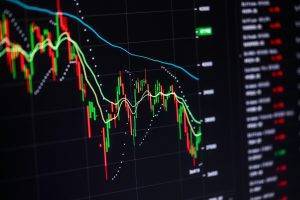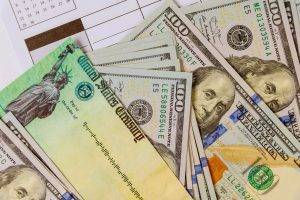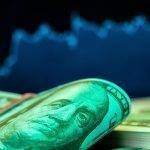The market couldn’t kiss the summer goodbye without creating some butterflies as Wall Street gets ready to get back in the thrust of things this week. Payroll data surprised to the downside, rising by 156k versus the market’s expectations of approximate 180k. The prior two months were also revised down and the unemployment rate inched higher to 4.4% from 4.3%.
While the headline data may signal slack in the labor market, the data is likely incomplete as there was a drop of 5.7% in the collection response rate, the 4th widest gap in the past 36-years. We do not believe the August headlines will steer the Federal Reserve away from another rate hike later this year. Further, the market continues to expect the Fed to announce its plans to shrink its balance sheet of US Treasuries and mortgage securities later this month. The next Fed meeting will be held on September 20th.
Earlier last week, second quarter U.S. GDP data slightly surprised to the upside at 3% vs. 2.8% (consensus), indicating momentum in the economy, particularly with robust consumer spending and strong business investment.
Central bank meetings take center stage this week:
The Reserve Bank of Australia kicks things off with its meeting on Tuesday. The market largely expects policy rates to remain at 1.5%, despite recent robust economic data and the Aussie dollar’s recent climb against the greenback. Inflation, GDP and trade data will be released later in the week.
The Bank of Canada meets on Wednesday and given recent strong Q2 GDP data, a larger percentage of the market anticipates a rate hike to 1% at next week’s meeting as opposed to October. Participants will also keenly await the release of July trade and unemployment data.
Perhaps the most anticipated meeting will be that of the European Central Bank (ECB) on Thursday. The market will watch for any signals on the bank’s winding down its asset purchase program, which currently stands at about EUR 60 billion a month. Some believe ECB President Draghi will try to mitigate some of the Euro’s recent strength against the USD, which recently hit a two-year high and is currently trading at EUR/USD 1.1904. GDP data for the region and German and French trade and industrial output data will also be released.
Other non-domestic economic releases include Chinese trade data, Great Britain consumer inflation and manufacturing and industrial production data.
The U.S. will kick off its work week after the Labor Day holiday with International Trade data on Wednesday and weekly jobless claims on Thursday. The following Fed speakers are scheduled: Lael Brainard, Neel Kashkari, and Robert Kaplan (Tuesday), William Dudley, Loretta Mester, Raphael Bostic, and Esther George (Thursday), and Patrick Harker (Friday).








